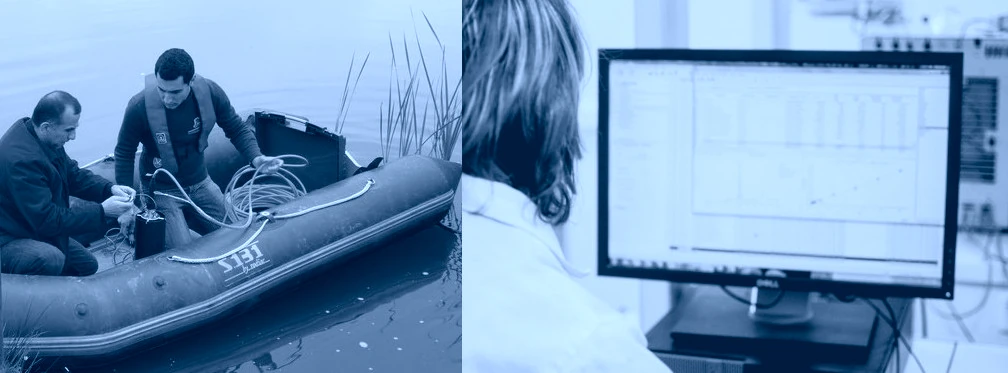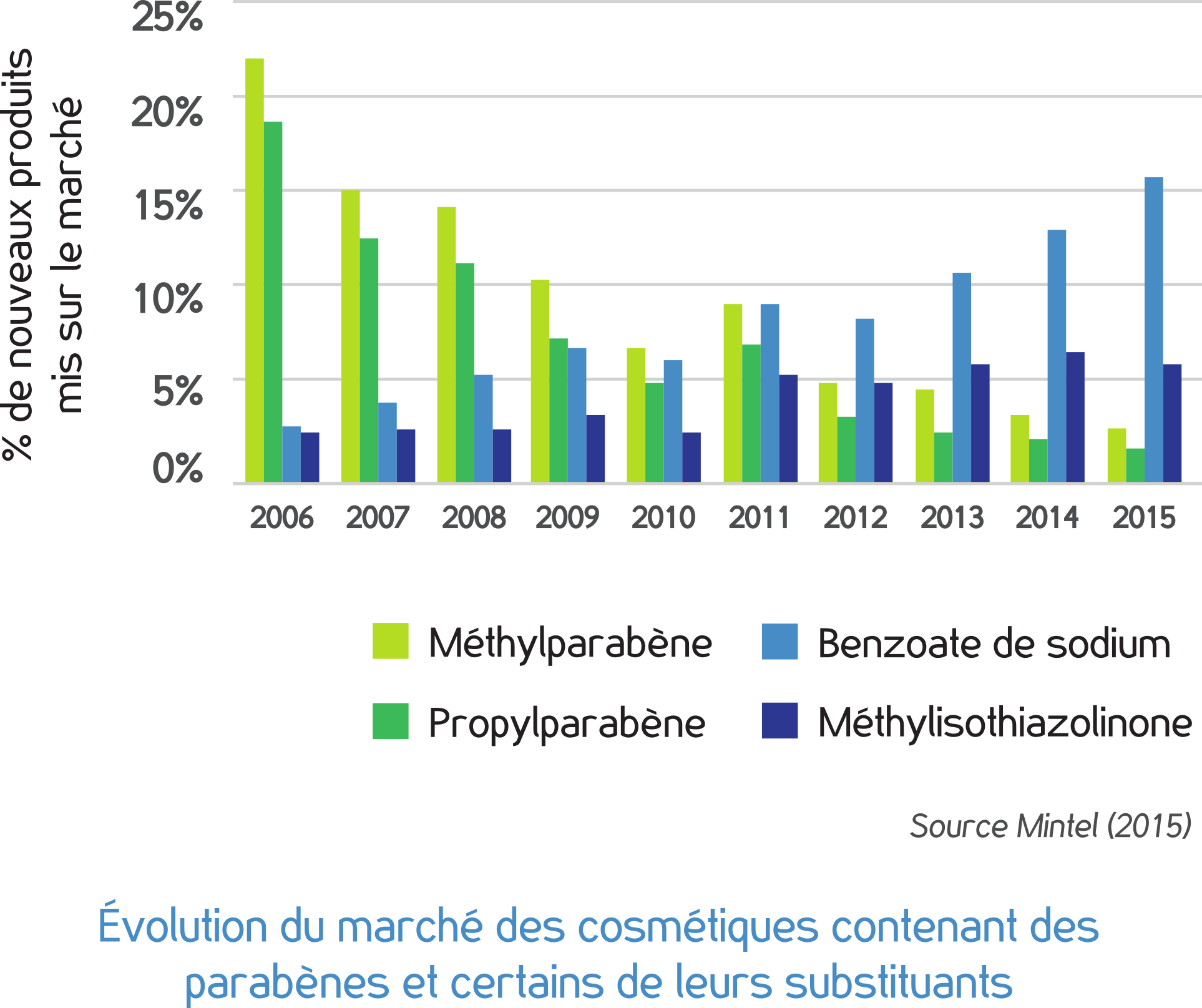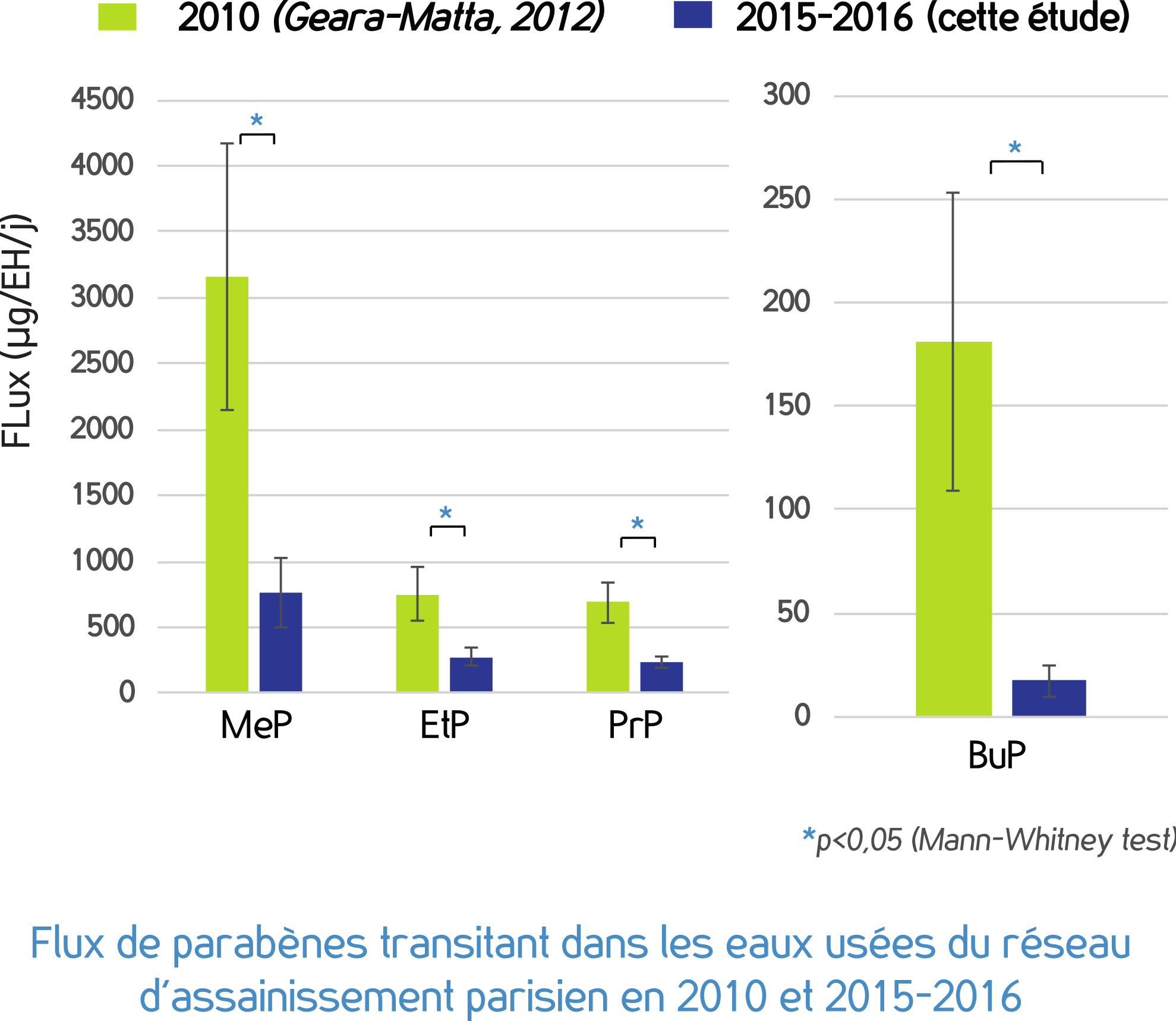Duration : 2014 - 2018
Project name : Changes in the personal care product consumption practices: from whistle-blowers to impacts on aquatic environments
Project acronym : Cosmet’eau
Keywords: consuming practices, micropolluants, source reduction, urban water quality, whistle-blowers
Partners
- Leesu - UPEC (Project leader) : Adèle Bressy
- Arceau-IdF : Irina Severin
- SIAAP : Vincent Rocher
- VigiCell : Laurent Paulic
- Ville de Paris : Pascale Neveu
Abstract
The Cosmet’eau project (2015–2018) investigates the changes in the personal care product (PCP) consumption practices: from whistle-blowers to impacts on aquatic environments. In this project, the example of PCPs will be used to understand how public health concerns related to micropollutants can be addressed by public authorities—including local authorities, industries, and consumers. The project aims to characterize the possible changes in PCP consumption practices and to evaluate the impact of their implementation on aquatic contamination. Our goals are to study the whistle-blowers, the risk perception of consumers linked with their practices, and the contamination in parabens and their substitutes, triclosan, and triclocarban from wastewater to surface water. The project investigates the following potential solutions: modifications of industrial formulation or changes in consumption practices. The final purpose is to provide policy instruments for local authorities aiming at building effective strategies to fight against micropollutants in receiving waters.
1. Scientific issues and projet presentation
The substances used in the formulation of most personal care products (PCPs) are found ubiquitously in surface waters worldwide. Among them, parabens (PBs), triclosan (TCS), and triclocarban (TCC) are widely used in the composition of PCPs, pharmaceuticals, and other consumer products as antiseptic or conservative. These substances are of increasing concern due to their wide utilization and potential negative effect on aquatic ecosystems as endocrine disruptors or induction of antibiotic resistance Besides, these substances are interesting for social science studies since their fate are linked to whistle-blowers. In France, parabens have been the subject of a specific alert. In 2005, the French TV program «Envoyé Spécial» revealed being a key moment in the alert process, reporting a suspected link between parabens and breast cancers by scientists (Dardre et al., 2004). This alert led to the emergence of paraben free or organic products and to changes both in the industry and consumer practices. Two findings emerged from these observations:
- (i) the changes in practices were led by industries without any formal regulations and
- (ii) few questions were raised by the public authorities and consumers on the safety of substitutes.
For both environmental and health issues, there is a need of a better understanding of the fate of these substances in the urban cycle and of their harmful effects. Moreover, we need to understand the different steps leading to citizen and elected representative awareness and actions to regulate the diffusion of micropollutants.
Historical steps of paraben development and regulation
2. Objectives
- The first objective is to study whistle-blowers and their influence on consumer and government awareness and responses.
- The second objective is to develop innovative technical and sociological tools for monitoring both consumption practices and levels of contamination.
- The third objective is to monitor the levels of contamination from wastewater up to surface waters, and their evolution due to changes in practices.
Risk assessment on 143 Paris inhabitants abour their use of personal care products (PCP)
- The fourth objective is to understand the motivation of people changing their practices.
Consumption evolution of personal care products (PCP) containing parabens or their substitutes
Comparison of paraben fluxes within Paris waste water system, in 2010 and in 2015-2016
- And finally, we want to propose innovations in governance: toward the changes in consumption practices that could be encouraged by the (local) authorities in order to reduce the source of micropollutants.
3. Organisation and agenda
Multidisciplinary approach to study the micropollutants and the actors that can reduce their emission at source: geography, social sciences, politic sciences, chemistry, ecotoxicology.
Cosmet’eau project workpackages
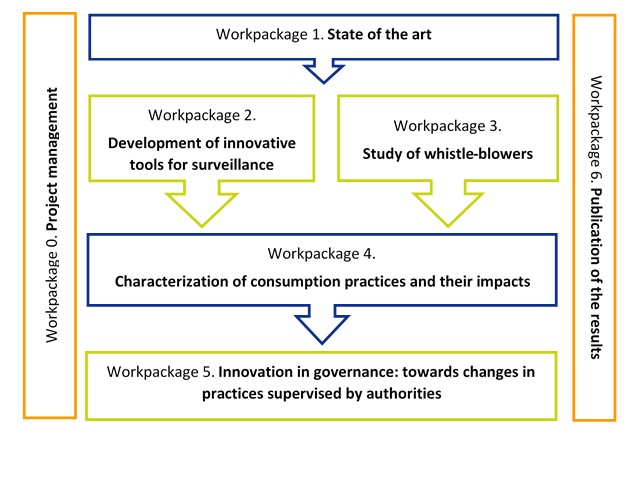
5. Financial support
The Cosmet’eau project has been funded within the framework of a French call for project about “Micropollutants: innovation and changes of practices” launched by the French Ministry of Environment, The French National Agency for Biodiversity (AFB), and a French water agency (Agence de l’Eau Seine-Normandie).
| List of funding agencies | Support level |
|---|---|
| Agence Française pour la Biodiversité | 190 k€ |
| Agence de l’Eau Seine-Normandie | 302 k€ |

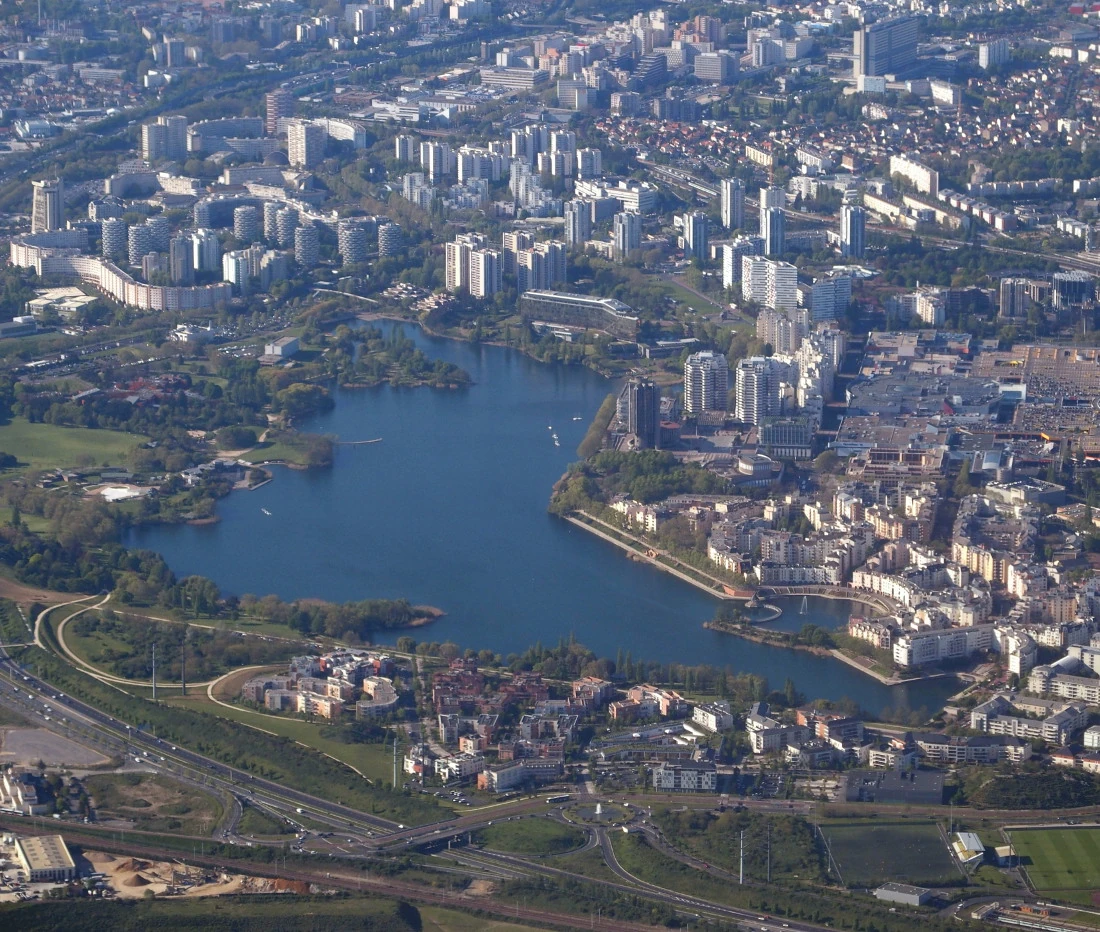
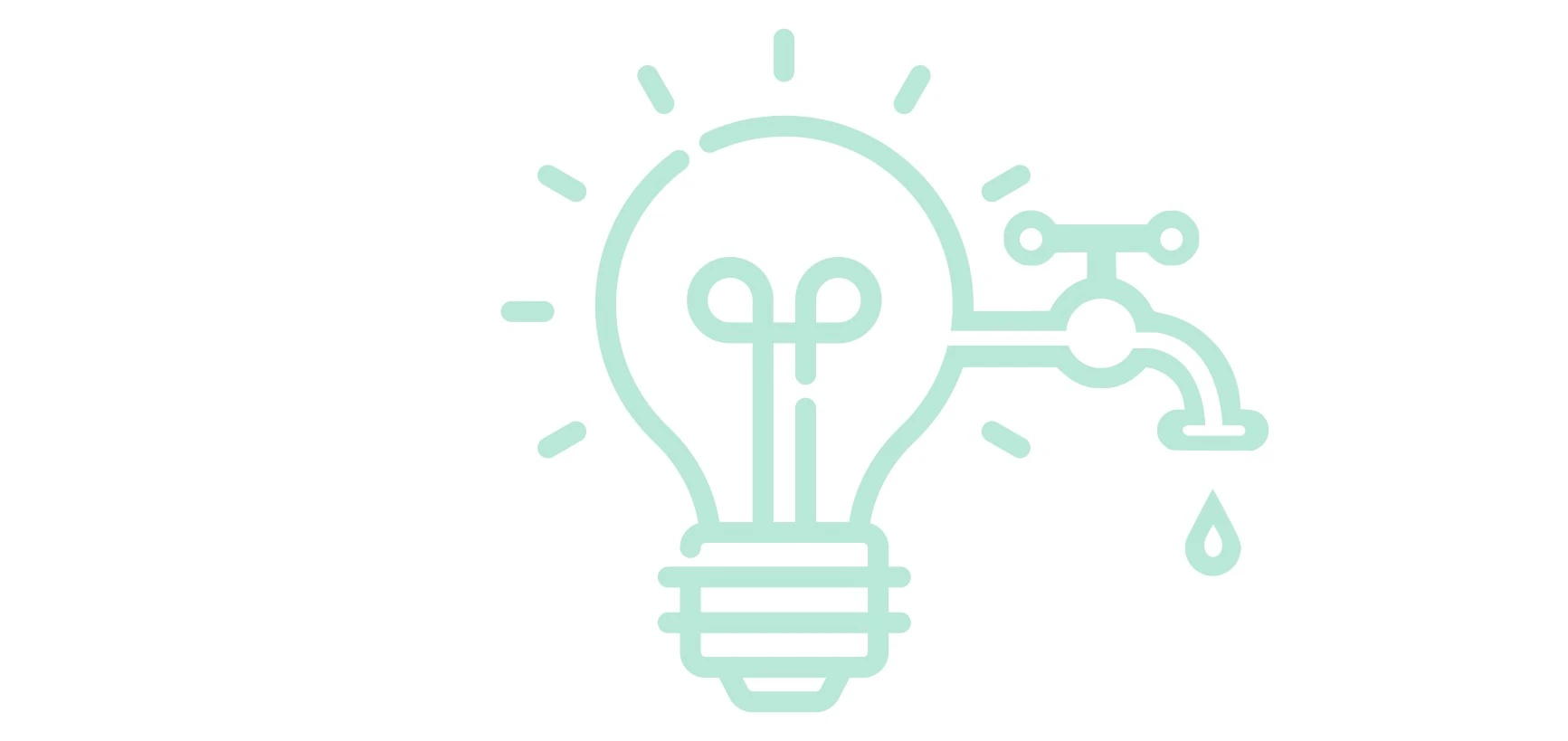
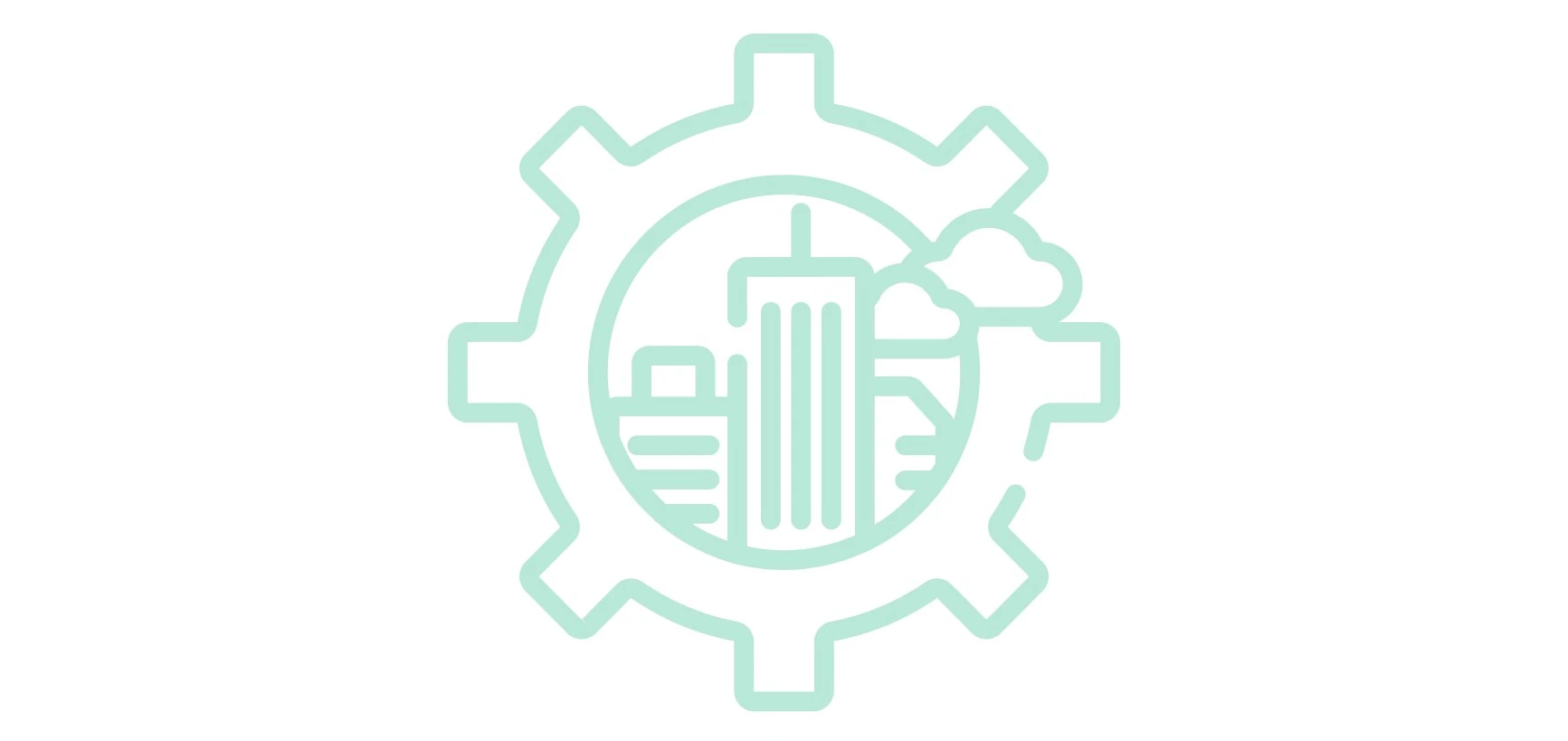
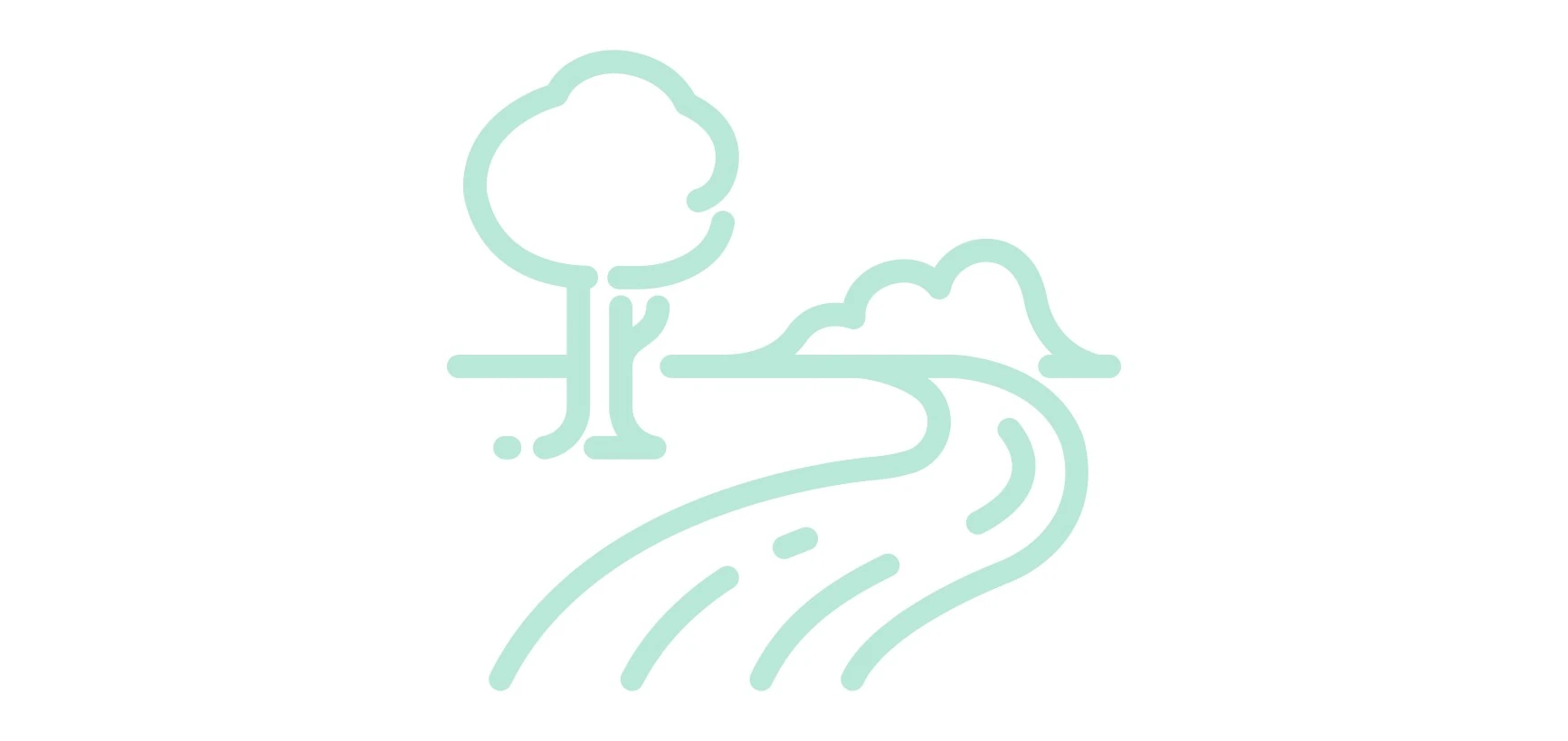
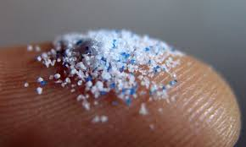
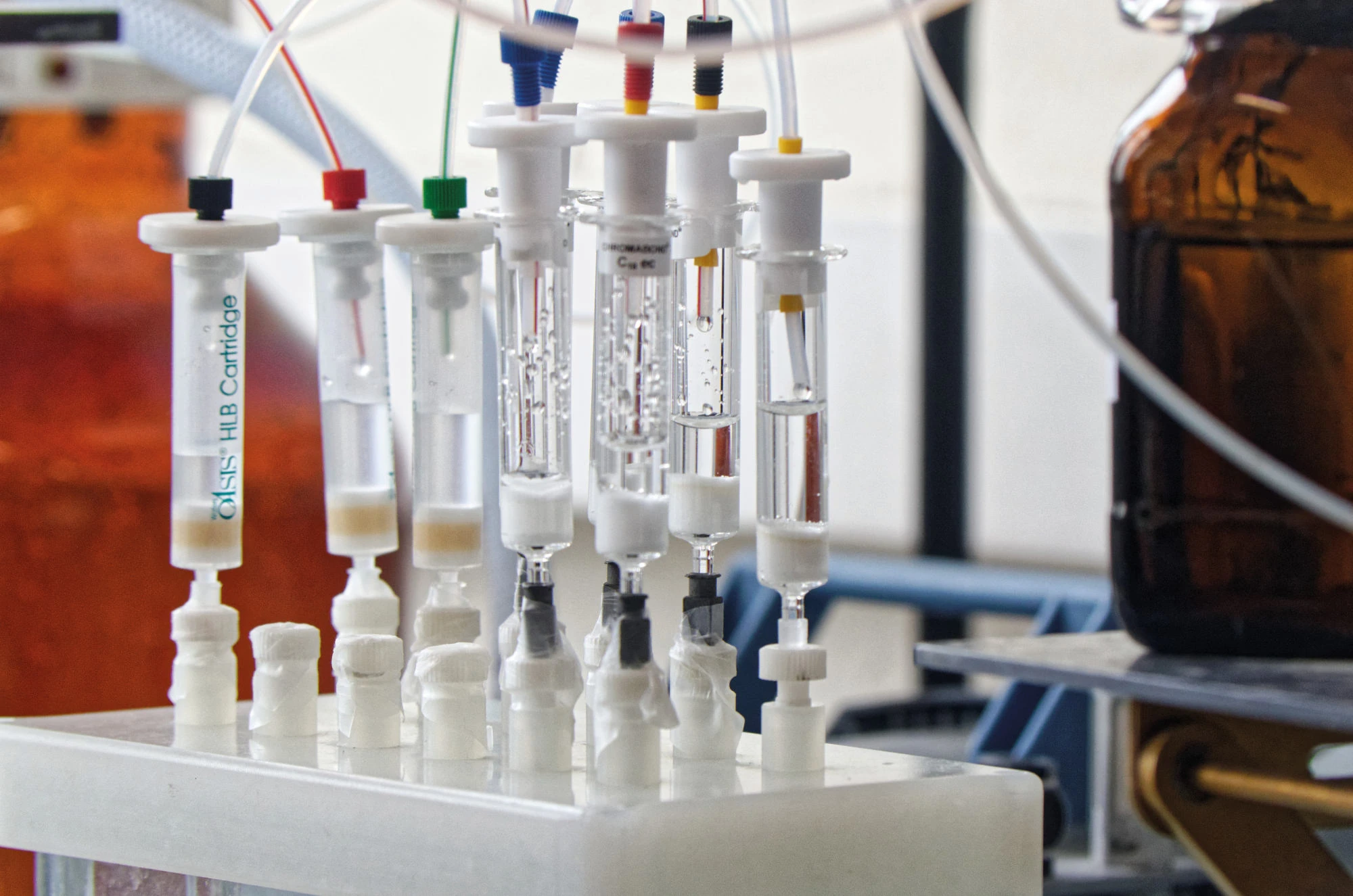
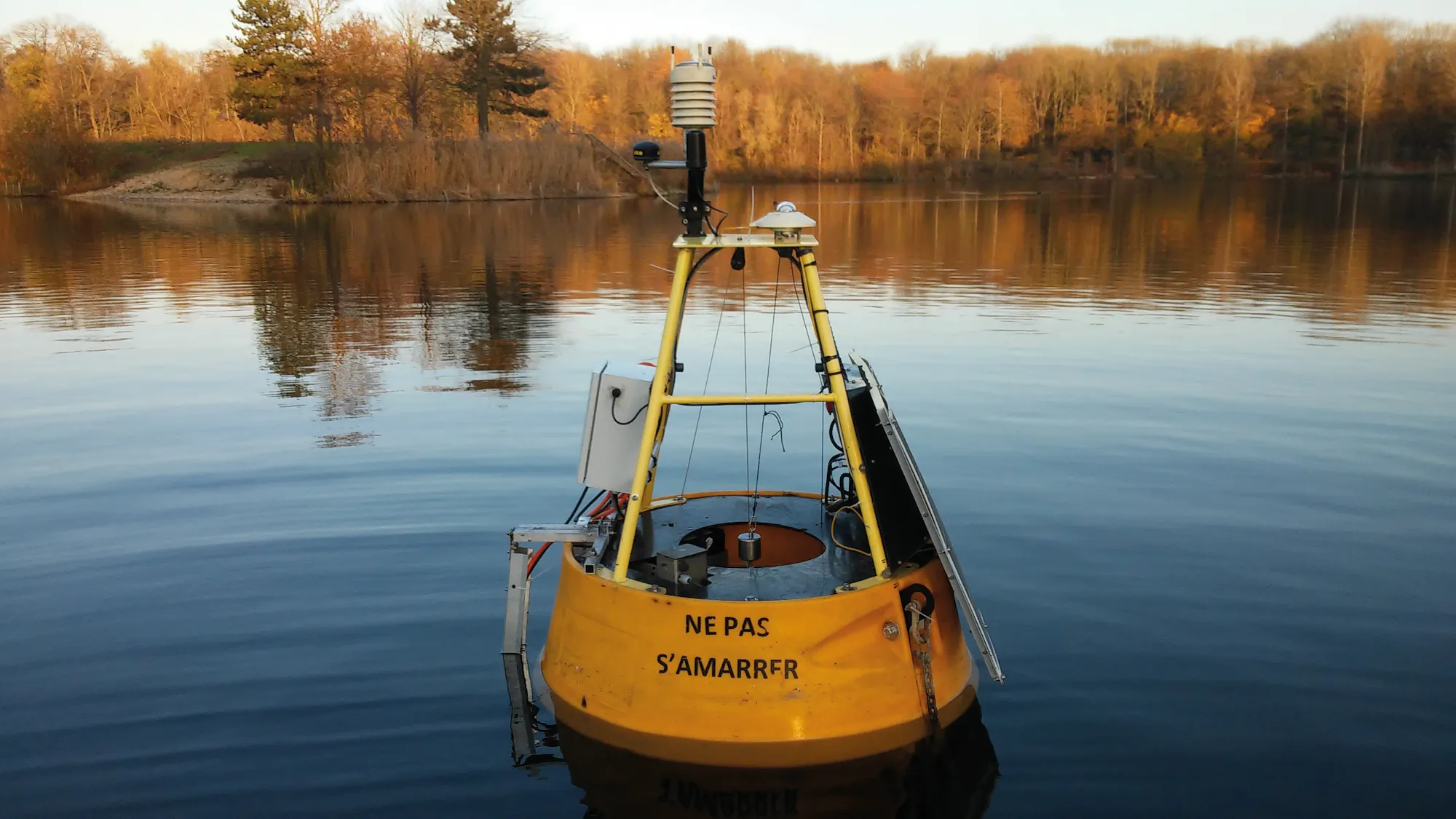
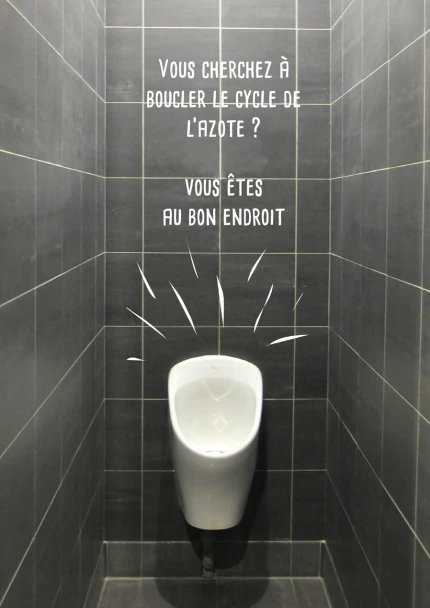
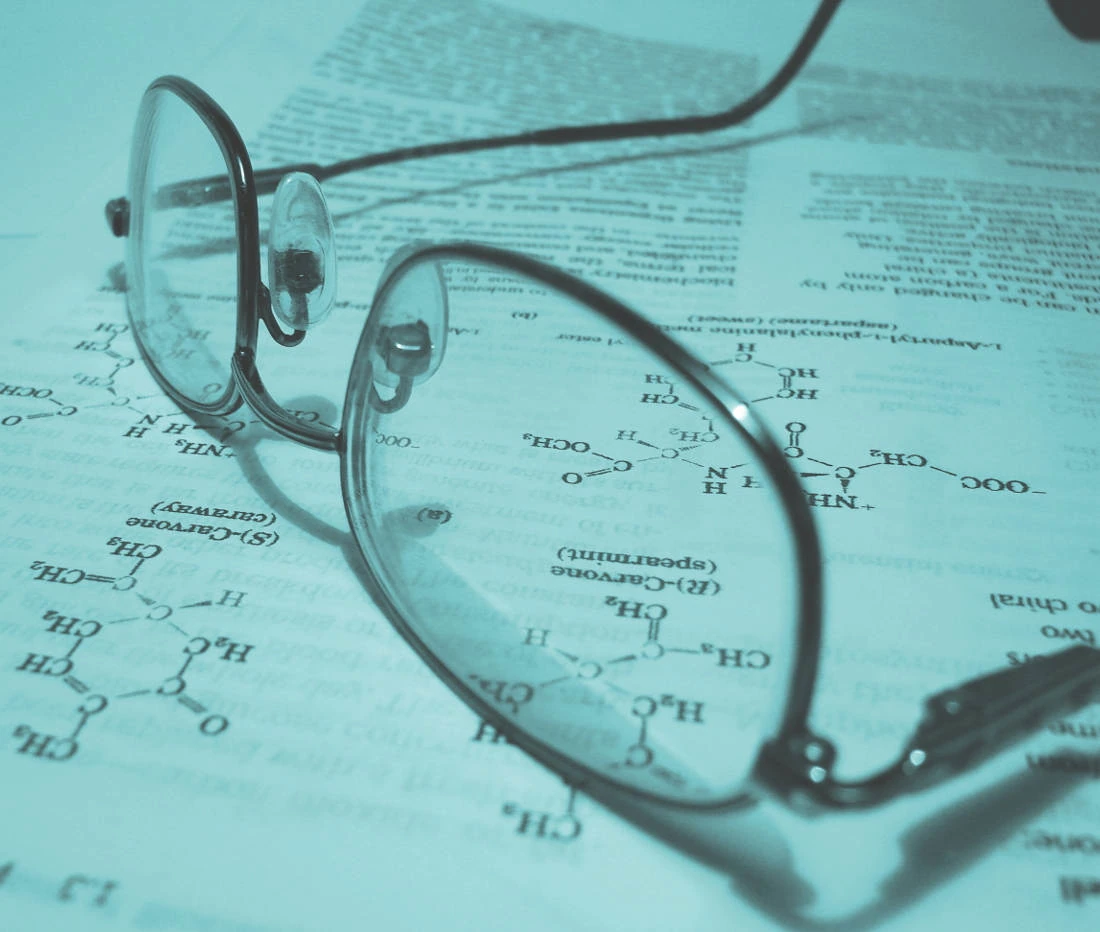 Scientific production
Scientific production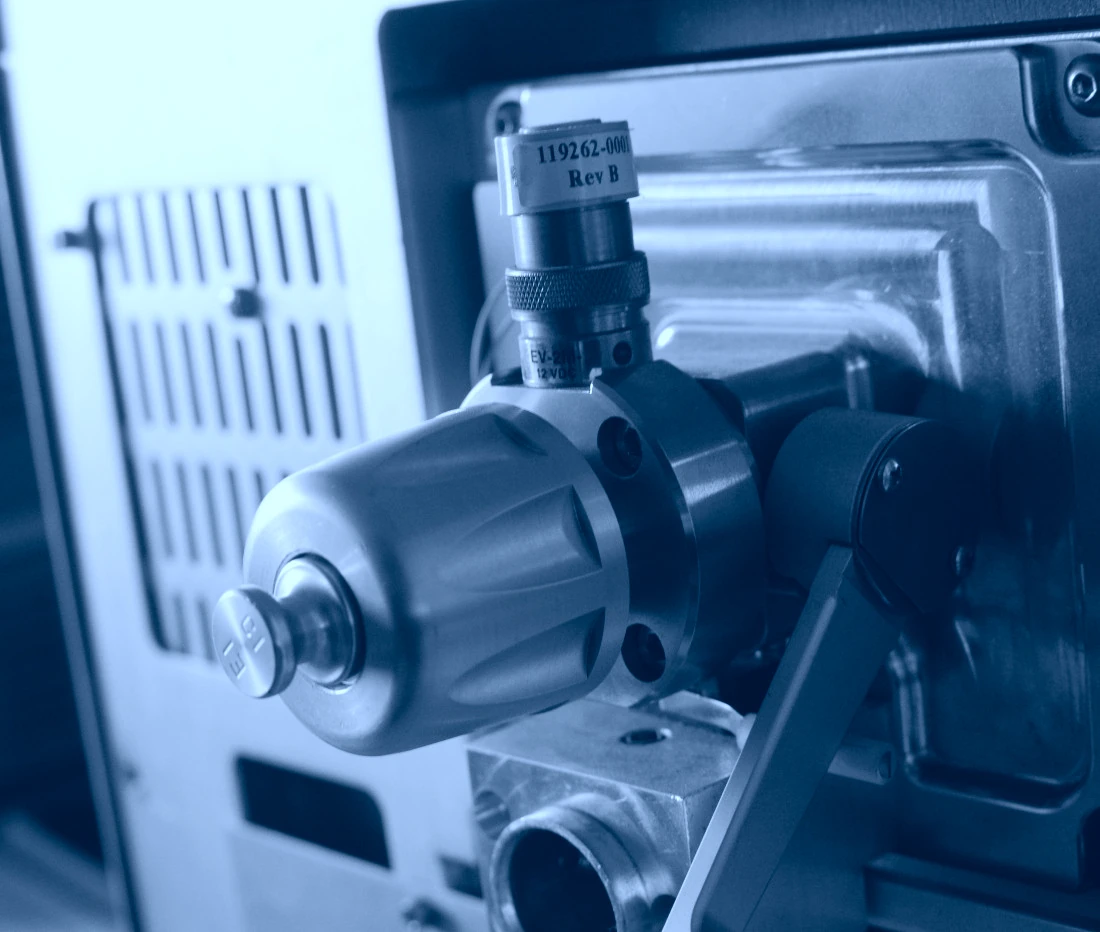 Technical resources and equipment
Technical resources and equipment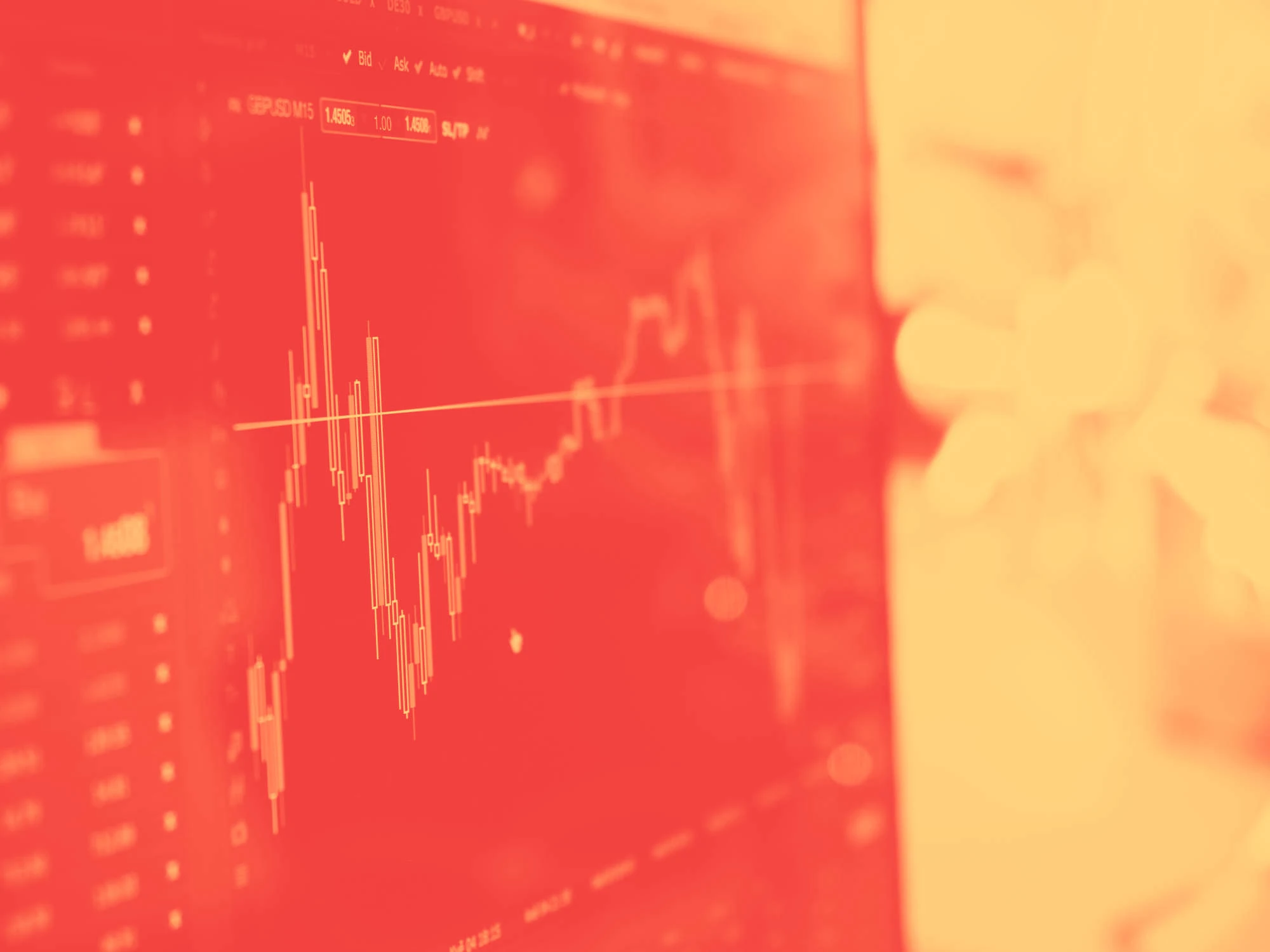 Expertise and disciplines
Expertise and disciplines
